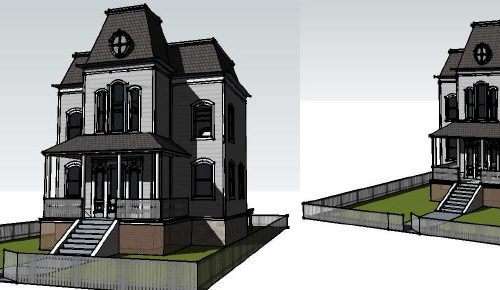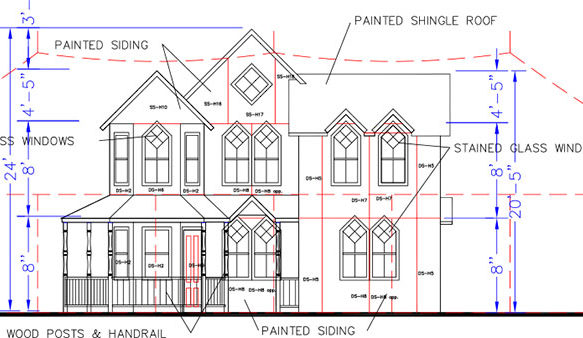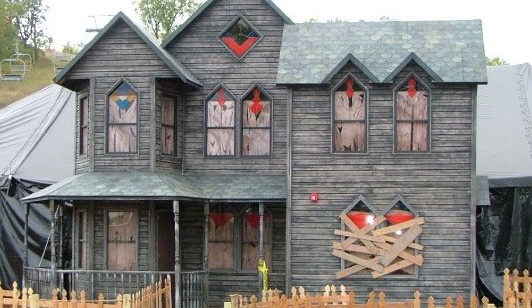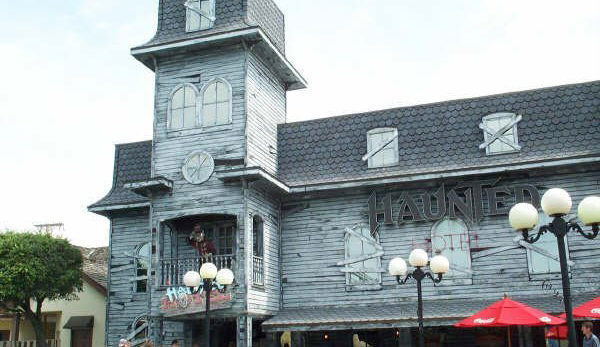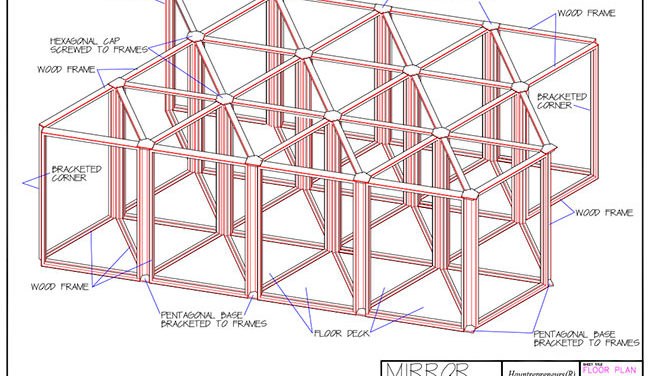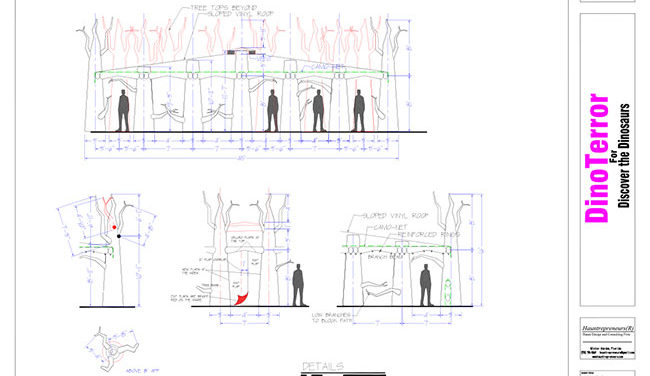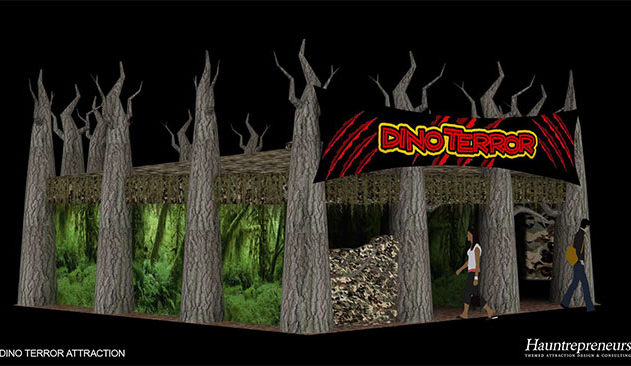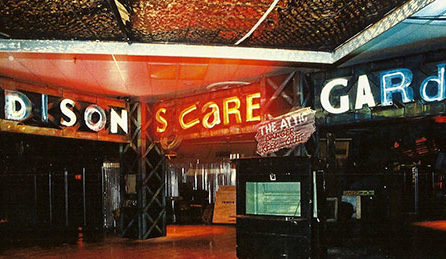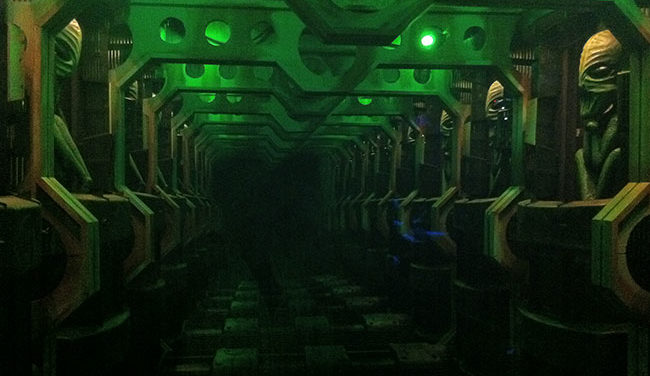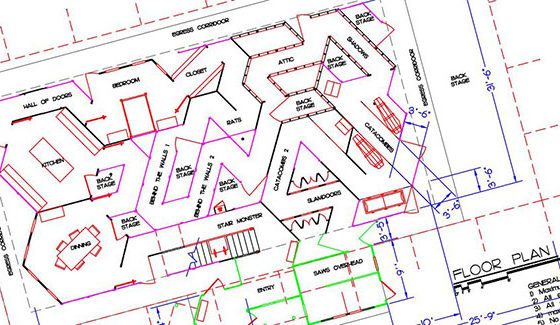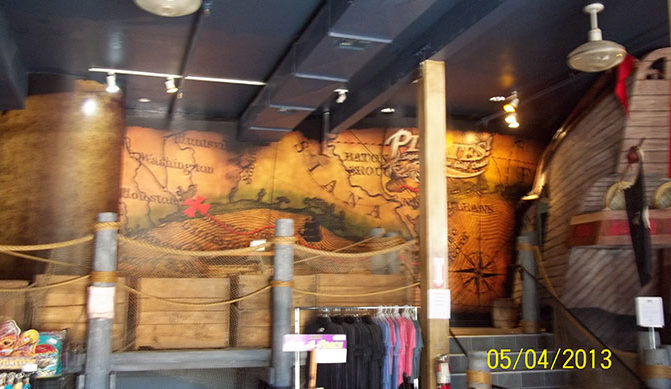Common Haunting Mistakes and How to Fix Them
By Leonard Pickel, Owner of Hauntrepreneurs.com Themed Design and Consulting Firm
First Published in Nightmare Zone/Selling Halloween Magazine
As a haunted attraction designer and consultant, my clients are open and operating by the time October rolls around and my season is normally over. That provides me a great opportunity to tour the countryside and experience Halloween events across the country. It is not uncommon for me to visit over 200 haunts during a season which keeps me on the cutting edge of what is going on, both good and bad, in the haunt industry.
While many of these haunts are spooktacular specimens of the genre with innovative, never before seen scares and effects, many are less inspiring, low budget attempts struggling to turn a profit. All haunt owners are passionate about what they do, but many are artists rather than business people, and in my travels, I see the same missed opportunities and mistakes being made. In many cases the mistakes can easily be avoided. The following are some solutions to what I believe are the most common mistakes haunters make that keep them from reaching their potential.
The biggest mistake I noticed with the haunts I encounter is lack of funding. A haunt is a business just like any other, and it takes most businesses 3 -5 years to become profitable. Many start up haunts fail after year one due to the lack of enough money to reach year two. Opening a haunt without enough capital is a bankruptcy waiting to happen. I realize how hard it would be, but it is much better to hold off opening, or even skip a year than to open an attraction without the funding necessary to carry you to profitability.
Too many haunts operate on too small a profit margin. The haunt may break even or show some profit, but they seldom make enough to properly pay the owners for their time. Just being able to cover the bills at the end of each season does not provide enough buffer for a down turn. A bad weather year, the city closes a street vital to your location, or your local baseball team goes to the World Series and the low attendance that results, puts your haunt in the red. If there is no money in reserve for a slow year, and the attraction was not truly profitable in the first place, one slow season puts you out of business.
The main thing that causes the low profit margin is lack of advertising. Twitter, Facebook page, word of mouth, and gorilla marketing are all great if you want to attract a few thousand people, but to hit the 20,000 attendance goal where I see haunts becoming successful, you need to spend between $40,000 and $60,000 in real advertising dollars. It doesn’t matter how fantastic your haunt is, if no one knows about it, no one is coming. If you are spending more on your props than on your marketing, you should reevaluate the return on your investment and put the money where it does the most good .
Every year I hear of haunted attractions that after spending tens of thousands of dollars on props, rent and construction, are never allowed to open due to building and fire department restrictions. Even a temporary haunted house must have a building permit from the city before construction can begin, and can take months for apporval. The property must be zoned for Entertainment, not just commercial. Fire suppression and fire alarm systems are required in most states, even outside the city limits. Adequate parking and toilet facilities have to be approved and the attraction must be inspected by building and fire officials before being allowed to open to the public. All of the rules and requirements for a opening a haunted attraction are in the NFPA Life Safety 101 and International Building Code books, available on line or at your library. They explain in detail the rules of the “game” of haunting. You cannot even play the “game” if you don’t know the rules. If you have a haunt, or plan to open a successful one, read the book and learn the rules.
Lastly I wanted to cover some of my pet peeves I call “Design Flaws” and missed scare opportunities. These mistakes may not put you out of business directly, but the lack of scare factor and throughput will drastically decrease your profitability.
You may have heard the architectural phrase “Form ever follows function.” Meaning first you design it so it works, then you make it look cool. It is blatantly evident as I tour attractions that many haunt designers do this backward. They come up with a great theme, decide what kind of room the space will become, spend a great deal of time on scenic paint, distressing and set dressing, buy or create a fantastic costume, spend time developing and applying prosthetic makeup on the actor, then place him in the center of the room and tell him/her “When people come into the room… scare them!”
The “function” of a haunted attraction is scaring people. However, in the above example, the scare is secondary to the “form” or set detail. This approach puts a huge undue burden on the actor to be effective and provides them with few tools to help them do their job. A great actor can scare anyone anywhere, but if you design the scare (function) into the room (form) then even a weak actor can be effective, and a great actor can be awesome. When designing or redesigning the room of a haunt, your first question should be “What will scare the patrons in this space?” Give the actor a place to spring out of, a drop panel, or crash doors. Create places for the actor to hide from view before, during and as the patrons walk through the space. Use furniture, obstacles and scenery to maneuver the patrons into the best position for the biggest scare, while screening that action from the next group that could enter the room at any time. This one principle will drastically increase the scare factor of your attraction.
A curtain in the doorway of a haunted attraction is a design flaw. There should be a turn in the hallway just before, or furniture/prop just inside the door to block the vision of the group as they enter. A curtain is an easy fix, but it is out of place in something like the doorway to a living room or kitchen, and it slows down the patrons, decreasing your capacity. Sightline is a critical design criteria in the haunt layout, and the shorter the sightline thebetter. Redesign your layout to do away with any long straight corridors and create twists and turns before each room to do away the need for a curtain.
Another experience killer in a haunted attraction is a long wait in line. No matter how great your haunt is, waiting several hours to enter for a relatively short experience will make even the most passionate haunt enthusiast hard to please. Some people will not even stop if they see a massive line or overflowing parking lot. Maximizing the capacity of your haunted house is mandatory for its survival. Does high capacity decrease the quality of the show? Yes, but so does a long wait in line.
You don’t have to turn your haunt into a “cattle call” but design the attraction for maximum capacity so the throughput is there when you need it. Instruct actors to “scare forward,” pushing patrons through the haunt. Eliminate bottle necks like the menacing actor, who stands in the way, not letting patrons pass. Do away with “skit” type frights that slow capacity and replace them with high impact startle scares that increase throughput. If you must have some storyline presentation or effect like an elevator scene in your haunt, then do it at the beginning of the experience, and have several of these rooms side by side; one room loading, one operating and one emptying, to speed up the process.
If operating a haunted attraction was easy, more haunters would be making a living from October alone. Haunting is not a one size fits all business and your situation may be completely different. The above is only my opinion, but it is heavily weighted from 35 plus years of designing haunted houses, consulting for people in the business and visiting thousands of haunted attractions across the county as a patron. I am hopeful that you take these suggestions to heart and that they allow your attraction to reach its full potential.
Have a great and profitable Halloween season and Keep’em Screamin’!
Leonard Pickel is owner of Hauntrepreneurs.com a themed attraction design and consulting firm, and event coordinator for the Haunted Attraction National Tradeshow and Conference (HAuNTcon). Contact him at info@hauntcon.com or 972-951-5100
